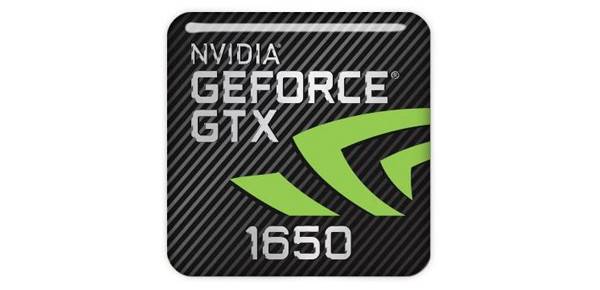

So basically, if you prefer efficiency, lower temperatures, or having a laptop with a smaller form factor, we would recommend the GTX 1650 Ti, despite its inferior performance. This provides the opportunity to put the GTX 1650 Ti in notebooks that are a lot thinner and lighter.
#Nvidia geforce gtx 1650 ti 4gb gddr6 series
Having a lower power draw results in something really important – producing less heat. Experience the powerful graphics performance of the award-winning NVIDIA Turing architecture with GeForce GTX 16 Series graphics cards and laptops. Yes, you can always undervolt your GPU and cut some of it away, but you can do the same with the 50W of TGP on the GTX 1650 Ti as well. The GTX 1060 needs 80W of power in order to push the framerates you saw. Even in 2020, laptops with the GTX 1060 can reach quite an impressive end price, should you not search for a second-hand device.

The 1650 has 896 NVIDIA CUDA Cores, a base/boost clock of 1485/1665 MHz and 4GB of GDDR5 memory running at up to 8Gbps. It features a TU117 processor based on the latest Turing architecture, which is a reduced version of the TU116 in the GTX 1660. DLSS (Deep Learning Super Sampling) is an upscaling technology powered by AI. The GTX 1650 supersedes NVIDIA’s two year old 1050, outperforming it by around 52. The GPU is operating at a frequency of 1035 MHz, which can be boosted up to 1200 MHz, memory is running at 1250 MHz (10 Gbps effective). Allows you to view in 3D (if you have a 3D display and glasses). However, there is some stuff we have to factor in before we make a conclusion. NVIDIA has paired 4 GB GDDR6 memory with the GeForce GTX 1650 Ti Max-Q, which are connected using a 128-bit memory interface. When it comes to the sheer power and ability to process textures and pixels, the GTX 1060 is the undisputed winner.


 0 kommentar(er)
0 kommentar(er)
